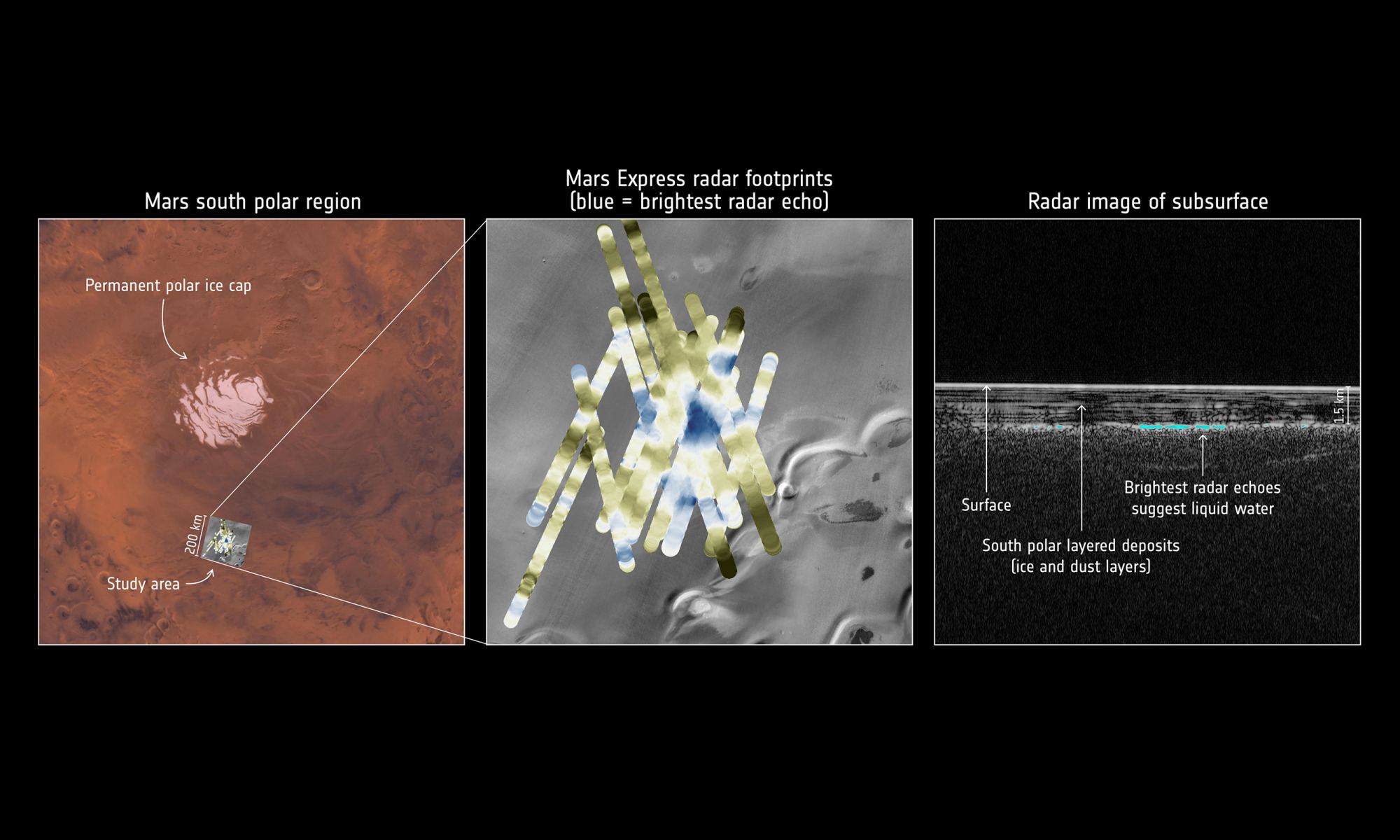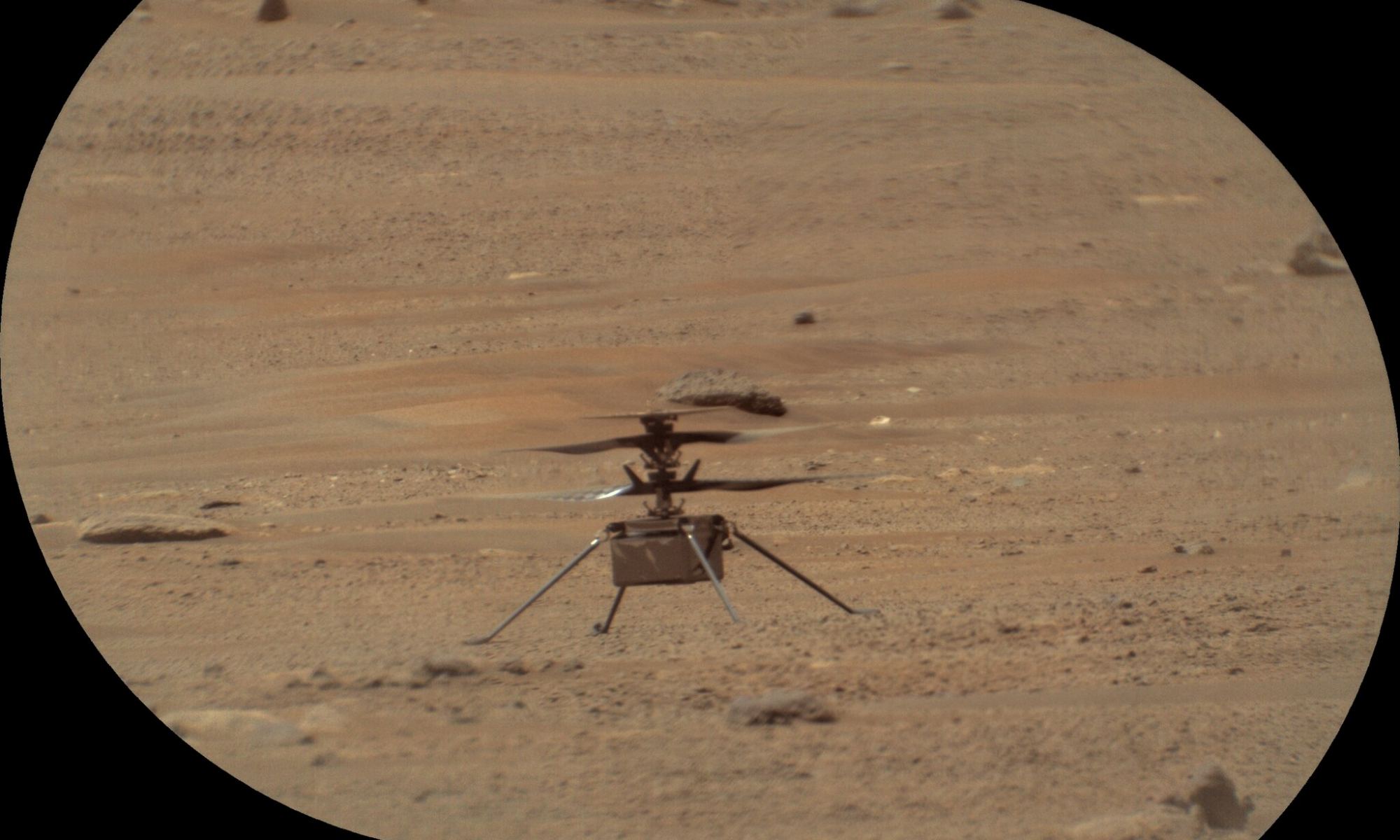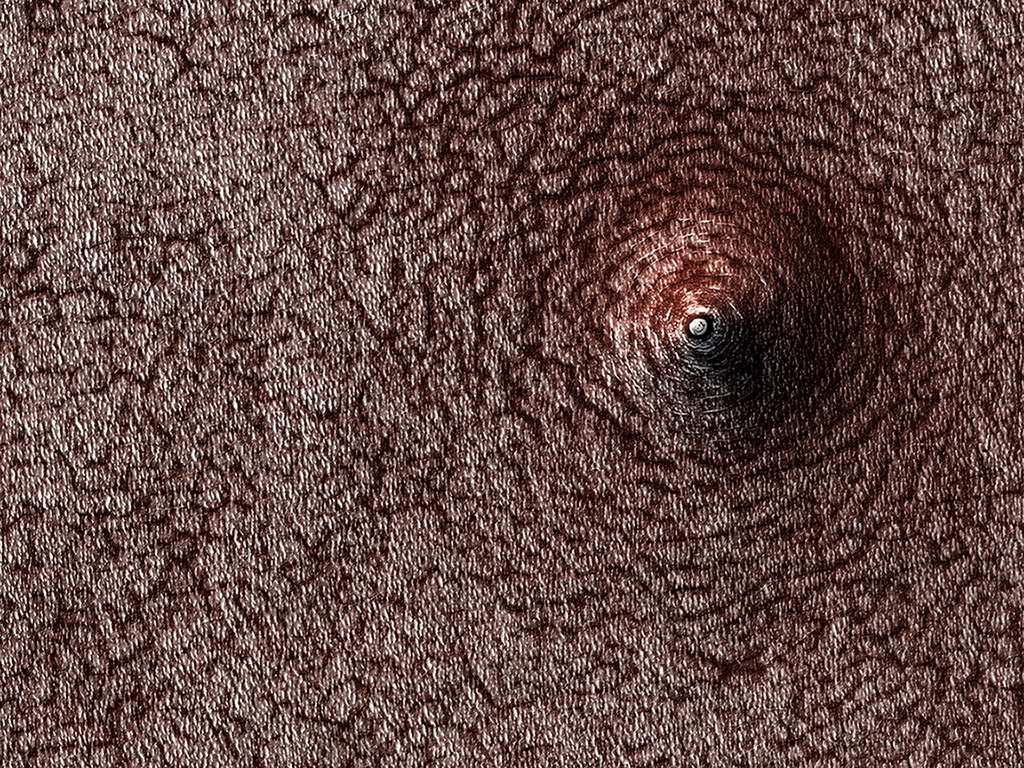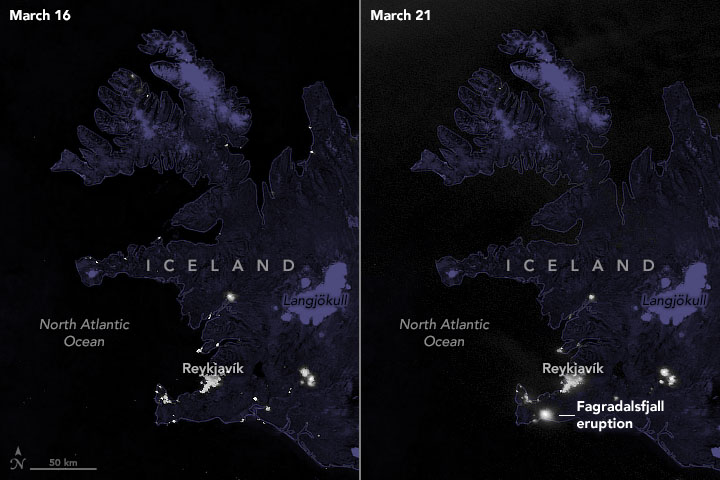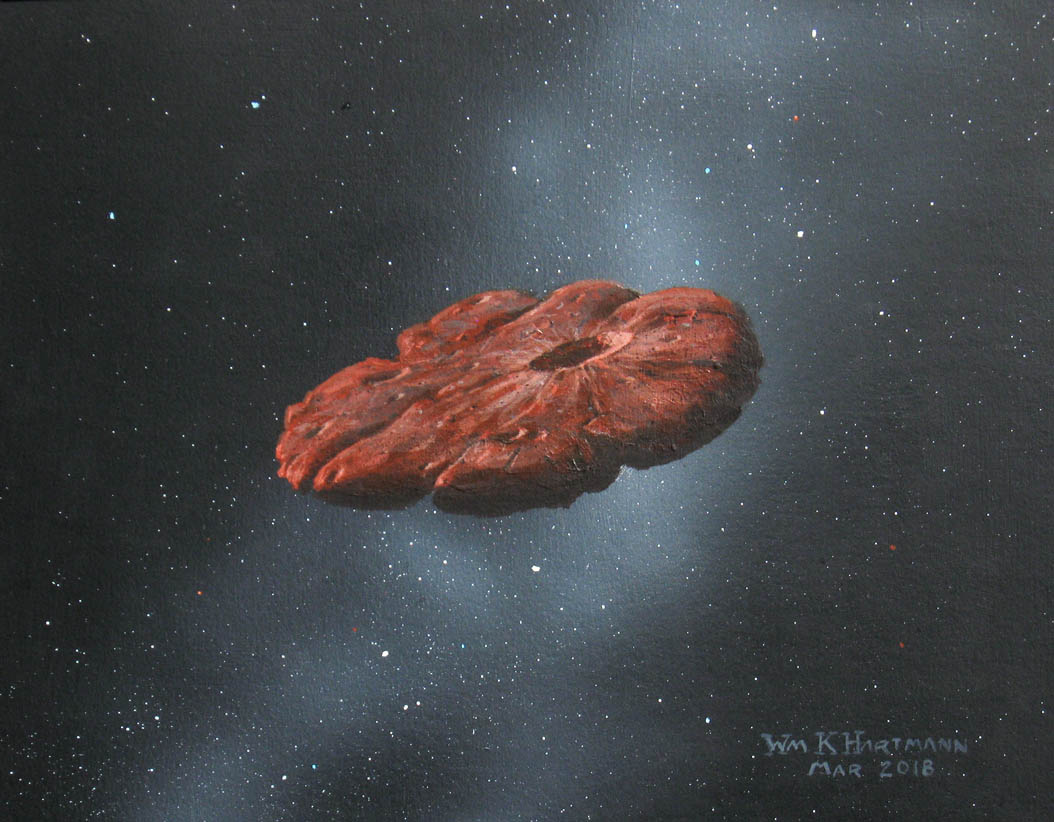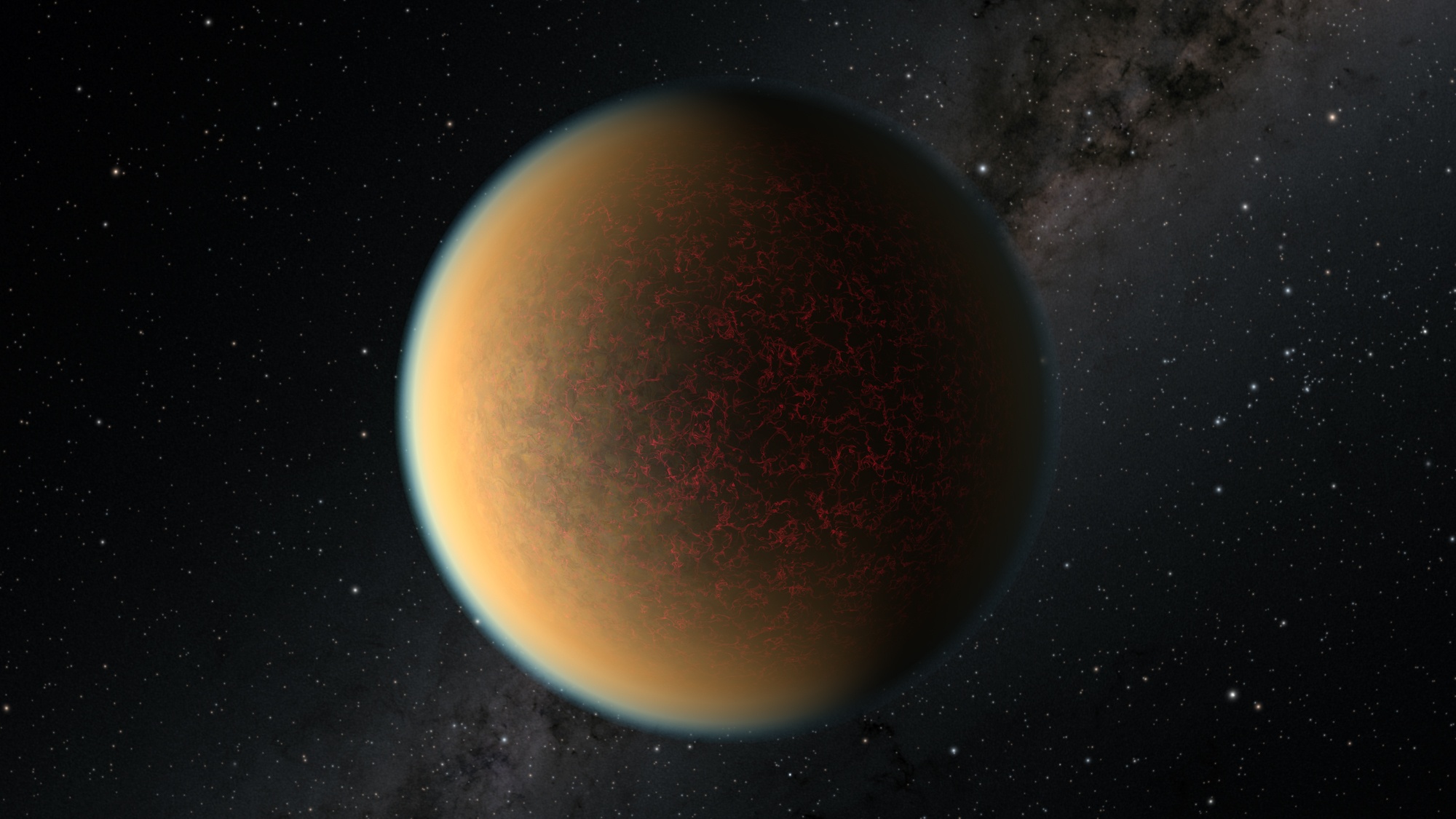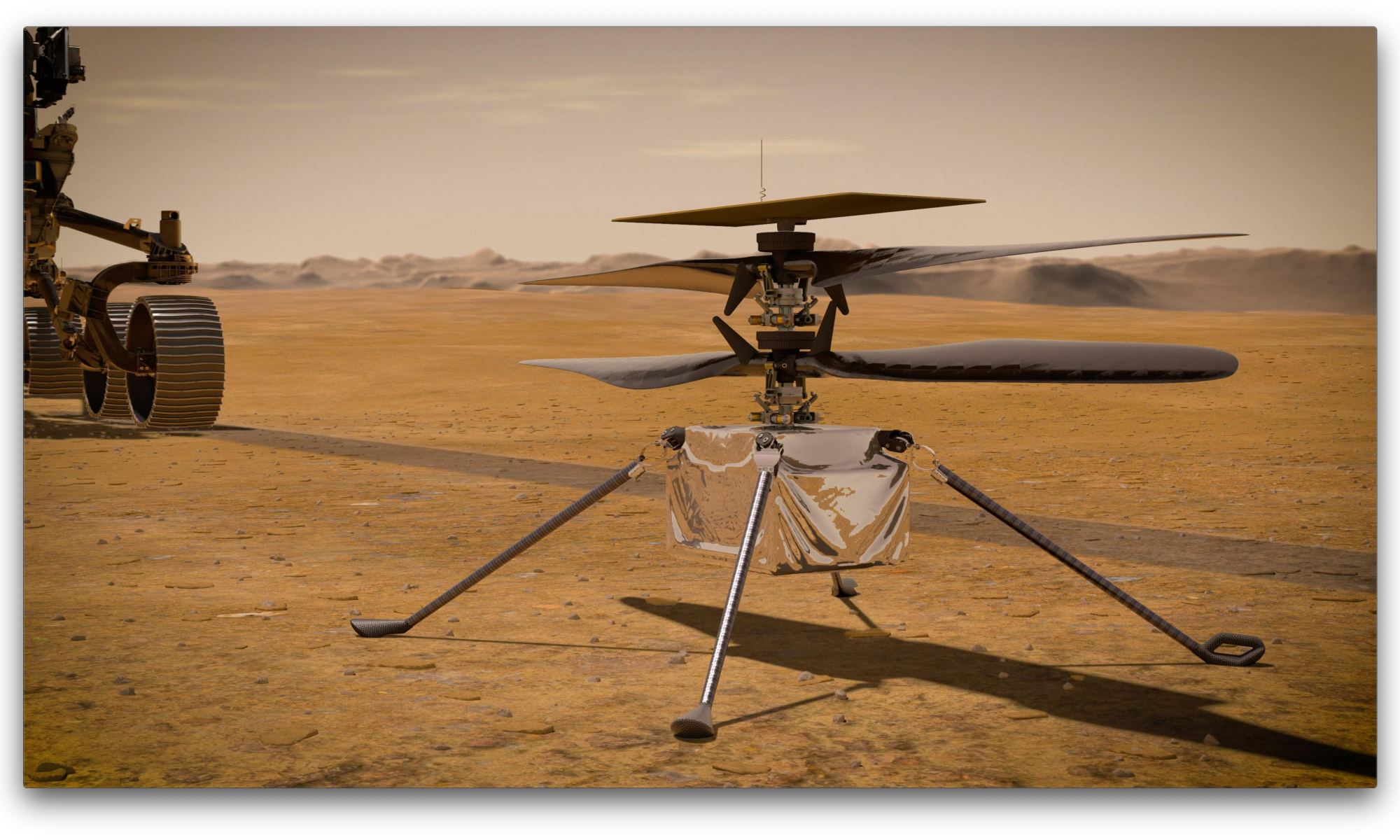If you were planning an ice-fishing trip to the Martian south pole and its sub-surface lakes observed by radar in 2018, don’t pack your parka or ice auger just yet. In a research letter published earlier this month in Geophysical Research Letters by I.B. Smith et al., it seems that the Martian lakes may be nothing more smectite, that is, a kind of clay. Should the findings of the paper, titled A Solid Interpretation of Bright Radar Reflectors Under the Mars South Polar Ice (a solid title if you ask me), turn out to be correct, it would be a significant setback for those hoping to find life on the red planet. So why were these supposed lakes so critical for the search for life on Mars? How were they discovered in the first place? Why have our dreams of Martian ice-fishing turned to dust (or, more correctly, clay)?
Continue reading “Bad News. Those Underground Lakes on Mars? They’re Probably Just Frozen Clay”Bad News. Those Underground Lakes on Mars? They’re Probably Just Frozen Clay
